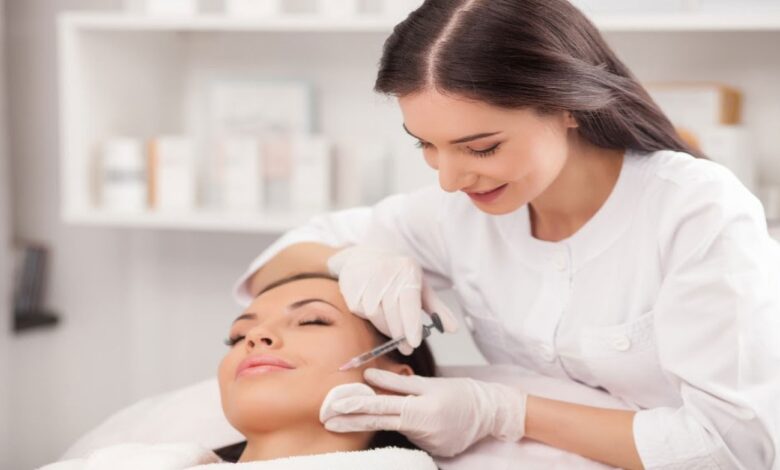Mastering Aesthetic Techniques: A Guide for Aspiring Beauty Experts

Table of Contents:
- Introduction to Aesthetic Training
- Exploring the Core Principles of Aesthetics
- Techniques and Procedures in Aesthetic Training
- The Rise of Non-Invasive Aesthetic Treatments
- The Impact of Aesthetics on Self-Confidence
- Finding a Reputable Aesthetics Training Program
Key Takeaways:
- Professional aesthetic training is crucial for those seeking to enhance their skills and succeed in the beauty industry.
- Non-invasive aesthetic procedures are becoming increasingly popular and require a nuanced understanding and approach by trained professionals.
- Pursuing a reputable, hands-on esthetician education paves the way for diverse career opportunities and personal growth within the beauty industry.
Introduction to Aesthetic Training
The pursuit of beauty rests on timeless principles like symmetry, balance, and proportion, guiding aestheticians in creating harmony. Professional training emphasizes these concepts, enabling practitioners to devise personalized treatment plans for clients.
Excelling in aesthetics demands blending these principles with personal style, which is evident as students progress through their education at Colorado Esthetician Training, translating theory into practice while honoring individual uniqueness.
Exploring the Core Principles of Aesthetics
The pursuit of beauty reveals timeless principles that underpin all aesthetic endeavors. Symmetry, balance, and proportion guide aestheticians in achieving harmony. These concepts are central to professional training, equipping practitioners to craft tailored treatment plans for each client. Excelling in aesthetics requires blending these principles with personal style. This synergy of art and science becomes evident as students progress, translating theory into practice while honoring each unique individual. This approach is integral to a structured educational program, where students learn to navigate the complexities of beauty with skill and sensitivity.
Techniques and Procedures in Aesthetic Training
A reputable aesthetic program imparts techniques and procedures tailored for comprehensive client care. Students learn to execute skincare routines, apply makeup to enhance natural beauty, and adeptly use advanced tools. From chemical peels to microdermabrasion, a diverse range of procedures enriches the aesthetician’s toolkit. Practical experience ensures students grasp the rationale behind each procedure and its customized application to meet client needs. This nuanced education instills confidence, empowering aspiring aestheticians to deliver exceptional service.
The Rise of Non-Invasive Aesthetic Treatments
The rise of non-invasive treatments marks a significant shift in aesthetics, catering to clients seeking quick, low-risk solutions with visible results. Cutting-edge methods like laser therapies and injectable treatments are reshaping the industry landscape, gaining popularity in aesthetic practices. As demand for non-invasive procedures grows, ongoing innovations enhance safety and reliability. Practitioners must stay abreast of these advancements to uphold the highest standards of care in this dynamic field.
The Impact of Aesthetics on Self-Confidence
Aesthetic treatments not only transform appearances but also profoundly impact self-esteem and confidence. When clients love their reflection, it radiates positivity throughout their lives. Aesthetic practitioners play a crucial role in facilitating this personal renewal and empowerment. Industry anecdotes often highlight clients’ joy and gratitude after experiencing significant improvements, enhancing their overall well-being. For professionals, this emotional fulfillment stems from knowing they’ve genuinely changed someone’s life.
Finding a Reputable Aesthetics Training Program
Finding a top-tier aesthetic program among the plethora of options can be overwhelming. Prospective students should seek accredited programs offering a robust blend of theory and hands-on training. A stellar curriculum includes seasoned instructors with real-world expertise who can mentor students on technical skills and client interactions. Alum endorsements and industry recognition further validate an institution’s quality, aiding students in making informed decisions that nurture their advancement in the aesthetics field.




